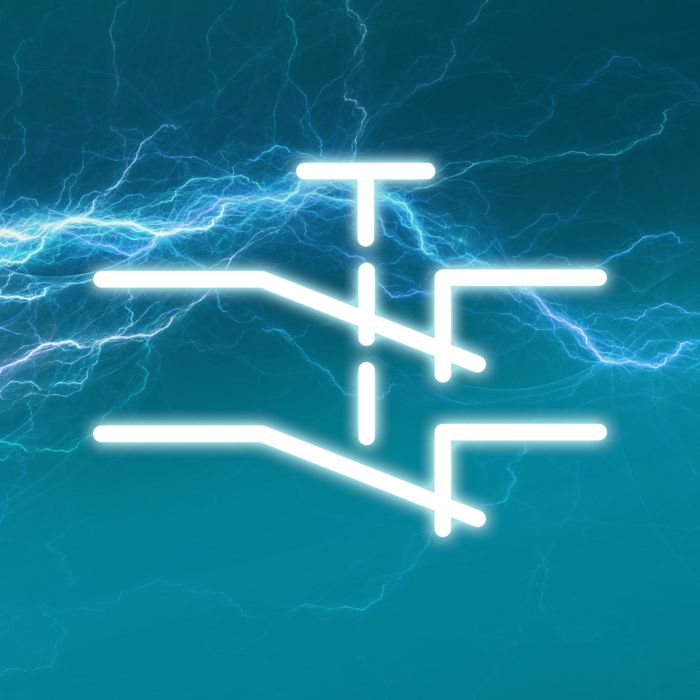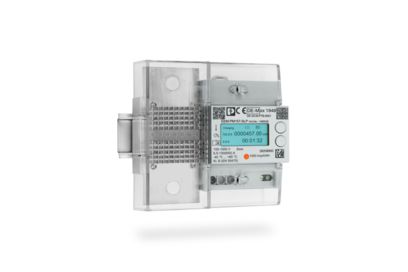
For devices with semiconductor switches, the design does not always ensure reliable isolation of the circuit. Therefore, all-position electrical isolation is implemented with electromechanical components, in a similar way as for contactors or relays.





















